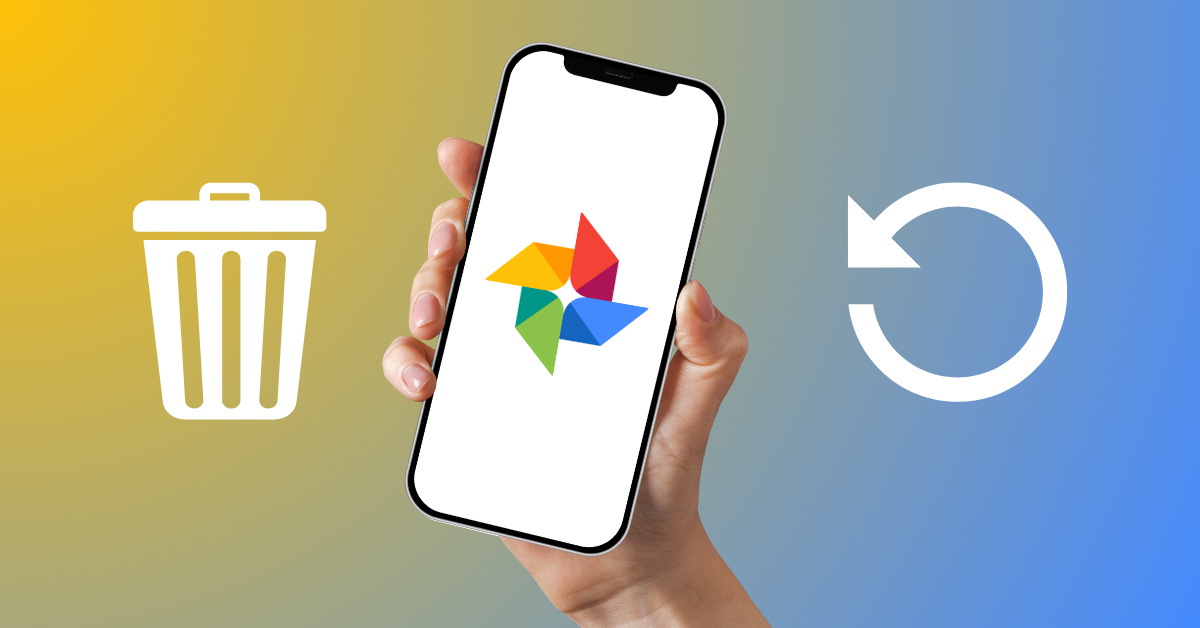Recapture Your Memories Instantly: Restore Photos, Videos & Documents with Ease
Accidentally lost important photos, videos, or files? Don’t worry. With this powerful recovery app, items that seemed gone forever can be quickly and effortlessly restored.
Anúncios
In just minutes, you can scan your device and get everything back—no complicated steps, no wasted time, and no risk of losing your most cherished memories again.
Your smartphone or tablet isn’t the final stop for your files. With this trusted tool, you can keep your memories, work, and documents safe, secure, and always recoverable.
What do you want to do?
When Your Phone Swallows Your Files — How to Recover Without Panic
We rarely stop to realize how much of our lives are stored on our phones. Open your device and you’ll find endless chats, countless photos, work documents, and maybe even that boarding pass for your next trip. That slim piece of hardware has transformed into a modern memory vault—a digital archive of our experiences, capturing moments both monumental and everyday.
Anúncios
Now picture this: you swipe to open a cherished photo or locate an important contract, only to find it’s gone. Not misplaced, not hidden—completely erased. That sinking feeling in your chest? That’s data loss, one of the most stressful digital problems today.
The reassuring part? Lost files are often not gone forever. With the right recovery methods, photos, videos, and documents can often be restored, appearing as though they were never deleted. Let’s explore why files disappear, how recovery works, and how you can prevent this scenario in the future.
Why Losing Digital Files Feels So Real
When people say “data,” it sounds abstract and impersonal. But losing it hits on a personal, emotional level.
- A deleted family photo isn’t just pixels—it’s a memory you can’t recreate.
- A lost video isn’t just a file—it’s laughter, voices, and moments you can’t stage again.
- A missing work document isn’t just text—it’s effort, deadlines, and sometimes even your reputation.
Psychologists call this loss aversion: we experience the pain of losing something far more intensely than the joy of acquiring something new. That’s why losing a childhood photo can feel like a punch to the gut, whereas finding spare change brings only a fleeting smile.
When your phone fails, it’s not just about files—it’s about trust.
What “Deleted” Really Means
Here’s a key point many people miss: pressing “delete” rarely wipes a file completely. Think of it like removing a book from a library shelf but leaving the book tucked behind the shelves—the catalog acts as if it’s gone, but the item is still there.
Recovery tools work by scanning those hidden corners of your device to uncover files that seem lost. Timing is critical: if new data overwrites the space where the old file resides, it may be permanently gone. Acting quickly is essential for the best chance at recovery.
Common Causes of Missing Files
Understanding why files disappear can help you avoid repeating mistakes. Typical reasons include:
- Accidental taps or swipes – human error is the most common culprit.
- App crashes or updates – glitches can delete or corrupt cached data.
- System errors – bugs, failed restarts, or corrupted storage can remove files.
- Factory resets – an extreme but sometimes necessary solution for slow devices.
- Damaged SD cards – external storage is prone to unexpected failure.
- Aggressive cleaning apps – “boosters” can accidentally delete important files.
Even when these issues occur, files are rarely lost permanently—they simply require the right recovery approach.
Android vs. iOS: Different Paths to Recovery
Recovery depends on your device type.
Android:
- Many apps are available for recovery.
- Internal memory and SD cards can be scanned.
- Some tools require root access, but many don’t.
- Partially overwritten files may still be retrievable.
iPhone (iOS):
- iOS is more restricted, but Apple offers built-in safety measures.
- “Recently Deleted” folders retain files for 30 days.
- iCloud and iTunes backups often contain lost data.
- Specialized tools can extract hidden files from backups.
Neither platform is flawless, but both provide genuine opportunities to recover files.
Recommended Recovery Tools
When you need lost files back, efficiency is key. Trusted options include:
- DiskDigger (Android): Quick and reliable for photos and videos.
- Dr.Fone (Android & iOS): Comprehensive suite for media, contacts, and documents.
- Tenorshare UltData (Android & iOS): Allows previews of recoverable files before restoration.
- Dumpster (Android): Functions like a recycle bin, keeping deleted files safe.
Choosing the right tool depends on your needs: a quick fix, comprehensive recovery, or ongoing protection.
How Recovery Works in Practice
Most recovery apps operate similarly:
- Download a trusted app from the Play Store or App Store.
- Grant permissions to allow scanning of your storage.
- Choose the file types you want to recover.
- Run the scan, which can take from minutes to hours depending on data size.
- Preview the results and select the files you want restored.
- Save them safely, ideally to cloud storage or a separate device.
Patience and timing are critical—rushing or using the phone during the process can reduce recovery success.
Tips for Maximizing Recovery Success
To increase your chances of fully restoring files:
- Stop using your phone immediately to prevent overwriting deleted files.
- Avoid installing new apps or taking photos until recovery is complete.
- Ensure your device is fully charged before scanning.
- Save recovered files in a different location, not the original folder.
- Back up recovered files immediately.
Think of recovery like surgery: the cleaner and more controlled the environment, the better the outcome.
Prevention is the Best Strategy
While recovery tools are effective, prevention is far simpler. Steps to safeguard your data include:
- Enable automatic cloud backups like Google Photos or iCloud.
- Save documents to cloud drives such as Google Drive, OneDrive, or Dropbox.
- Regularly transfer files to a computer or external storage.
- Use apps like Dumpster to create a digital safety net.
- Double-check before deleting any file.
These practices turn potential data disasters into minor inconveniences.
Free vs. Paid Recovery Tools
Choosing between free and paid apps depends on your needs:
- Free apps: Good for quick fixes, typically limited to photos and videos.
- Paid apps: Offer deeper scans, more file types, previews, encrypted recovery, and customer support.
For priceless memories or critical business documents, paid apps are often worth the investment.
The Emotional Side of Recovery
Recovering lost files isn’t just technical—it’s deeply emotional. Seeing a “lost” photo reappear or a vanished document restored can feel like rewinding time. These moments highlight that recovery apps aren’t just tools—they’re lifelines for your memories and your work.
Conclusion: Your Data Isn’t Truly Gone
The panic of losing files is real, but the loss rarely is. Most of the time, your data is still there, invisible but recoverable. The approach is straightforward: act quickly, use a reliable recovery tool, and adopt habits that prevent future losses.
Your memories, documents, and media aren’t gone—they’re waiting. Don’t let fear freeze you. Recover today, protect tomorrow, and ensure your digital life remains safe.











